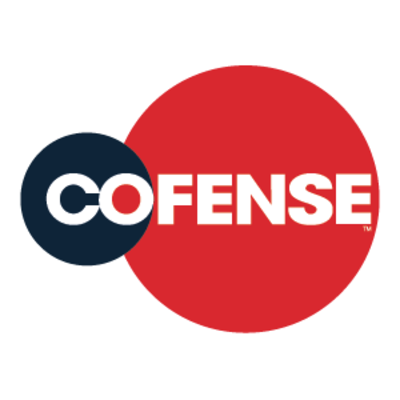Cofense PhishMe for Generali
Categories
Description
Background. With some 61 million customers, Generali is Italy’s largest insurance company and one of the world’s most recognizable financial services brands. As part of a comprehensive overhaul of its security programs, Generali decided to focus on phishing awareness. “The number of attacks targeting us was increasing,” said Francesco Nonni, Head of IT Operations & Security Risk at Generali. “We were seeing phishing attacks of all types and employees weren’t sure how to respond.”
Solutions and Results. Generali chose to use Cofense PhishMe and Cofense Reporter to teach employees to recognize and report evolving phishing threats. Why Cofense? “You offer so many different templates for phishing simulations based on real threats,” Nonni said. “Also, the solutions are easy to implement.” “With Cofense PhishMe and Cofense Reporter, we can easily gather statistics on phishing resiliency and susceptibility,” he added. “By sharing results across the company, we created a shared understanding of our readiness and where to improve.”
Are employees getting the message—are they reporting phish? “Absolutely yes,” he said, “both in simulations and in real life. Our simulation results are trending in the right direction—reporting is increasing and susceptibility is dropping. We use the Cofense benchmarks for our industry specifically and across verticals, so we can compare our level of awareness and exposure. We know where we stand and are able to put it in context.” Even better, “Employees are now helping security teams stop real phish,” he said. “Now it’s easy to report an email that might be part of a real attack. One click of Cofense Reporter is all it takes. When that happens, our security operations teams are able to respond faster.”
Implementation & Peer-to-Peer Advice. Once Generali’s phishing defense program was up and running, Nonni launched their first simulation. While the solutions worked seamlessly, the results showed that the company had its work cut out. “A lot of people clicked,” he said, “and reporting levels were low. That wasn’t surprising, since it was our first campaign.” There was a silver lining, though. Armed with data, Nonni was able to further underscore the risks of phishing and generate more support from corporate leadership. He recently launched a simulation campaign in 11 countries across Europe and Asia. “The campaign is still ongoing, but the results are encouraging,” he said, “We’re learning that click rates often vary from country to country. We prepared content on a more global level and asked local offices to translate to their language and manage the rollout to their teams. Depending on the country and the culture, the local communications department might try different tactics to promote the awareness program and keep employees engaged.” As a global financial services leader, Generali continues to see high volumes of phishing emails—real attacks that trained employees are reporting more consistently. “We see a lot of spear phishing attacks targeted to our managers, along with crypto-lockers, credential phish, and business email compromise. We’ve started to model our simulations after attacks that we receive, for example, phishing emails with malicious attachments.”
Details
Business tasks
Ensure Security and Business Continuity
Enhance Staff Productivity
Problems
Risk of attacks by hackers
Risk of data loss or damage
Shortage of inhouse IT resources








